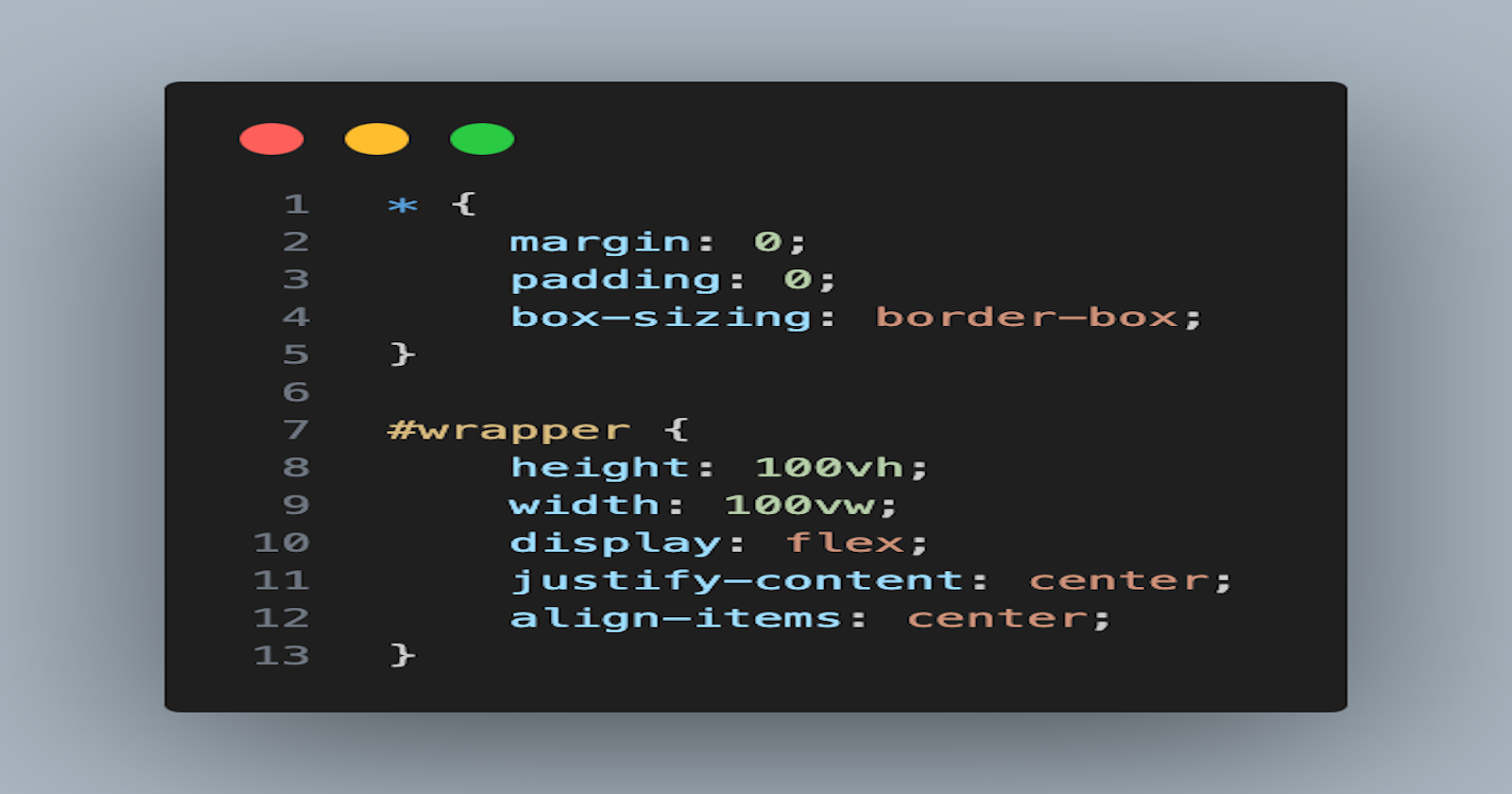CSS or Tailwind CSS: Which One Matches Your Needs?
 Animesh Kumar
Animesh Kumar
Styling your web product is a big deal. It’s what makes your site look good and work well. You’ve probably heard of CSS and TailwindCSS, but which one should you use? Allow me to pen down my thoughts to help you out !
What’s CSS?
CSS (Cascading Style Sheets) is the OG of web styling. It’s been around forever and is used to style everything on the web. Everything in this universe has its own pros and cons, and so does CSS. Let's have a look at some of them that are really worth noting down :
Pros of CSS :
Full Control: You can tweak every tiny detail with CSS. If you want something to look a certain way, you can make it happen.
Global Styles: You can set styles that apply to your whole site, keeping things consistent.
Universal Styling: Every browser understands CSS. It’s the bread and butter of web styling.
Lots of Resources: Tons of tools, frameworks, and tutorials out there to help you.
Cons of CSS :
Messy as it grows: As your project grows, CSS can become a tangled mess. It’s hard to keep track of everything.
Global Scope Problems: Styles can accidentally mess with other parts of your site if you’re not careful.
Unstructured: Without a good system, your CSS files can become a chaotic mix of rules.
What’s Tailwind CSS?
Tailwind CSS is a newer kid on the block. It’s a utility-first CSS framework, meaning you use small, reusable classes to style your HTML directly. As i mentioned earlier, everything in this universe has its own pros and cons, and Tailwind CSS is no exception. Let's have a look at some of them that are really worth noting down :
Pros of Tailwind CSS :
Utility-First Styling: Style right in your HTML with utility classes. It’s quick and easy once you get the hang of it.
Maintains Consistency: Using predefined classes keeps your design consistent.
Easy Maintenance: Avoids the deep nesting and specificity wars that can happen in traditional CSS.
Responsive Design: Built-in responsive utilities make creating mobile-friendly designs a breeze.
Customizability: You can tweak Tailwind to fit your needs.
Cons of Tailwind CSS :
Learning Curve: There’s a bit of a learning curve to remember all the utility classes.
Verbose HTML: Your HTML can get cluttered with lots of classes.
Setup Required: You need to set up Tailwind with a build process, which can be a hassle for small projects.
Purging Styles: To keep your CSS file small, you need to purge unused styles, adding an extra step to your workflow.
Now that we're aware of the important pros and cons of both the CSS and the Tailwind CSS, allow me break down their usage for different use cases :
Use-Cases : CSS
Smaller Projects: CSS is simple and effective for smaller sites.
Custom Designs: If you need a unique look, CSS gives you the flexibility to create whatever you want.
Legacy Projects: If you’re working on an older project, sticking with CSS might be easier.
Use-Cases : Tailwind CSS
Large Projects: Tailwind’s structured approach is great for big projects.
Design Systems: It’s perfect for building consistent, reusable components.
Fast Prototyping: Quickly throw together designs directly in your HTML.
Modern Frameworks: Tailwind works well with React, Vue, Angular, and other modern JS frameworks.
Conclusion
Both CSS and Tailwind CSS have their pros and cons. CSS gives you total control and is great for custom designs and smaller projects whereas, Tailwind CSS, with its utility-first approach, is awesome for large-scale applications and design systems.
Think about what your project needs, your team’s skills, and how you like to work. Whether you go with CSS or Tailwind, you’ll be able to create something great !!!
If you enjoyed this article, don't forget to subscribe to my newsletter. And if you found this helpful, hit the like button and follow for more tech insights! 🧑🏻💻
Checkout my Portfolio too : https://portfolio-vscode-nine.vercel.app/
Subscribe to my newsletter
Read articles from Animesh Kumar directly inside your inbox. Subscribe to the newsletter, and don't miss out.
Written by

Animesh Kumar
Animesh Kumar
I’m a software developer who loves problem-solving, data structures, algorithms, and competitive coding. I’ve a keen interest in product development. I’m passionate about AI, ML, and Python. I love exploring new ideas and enjoy innovating with advanced tech. I am eager to learn and contribute effectively to teams.